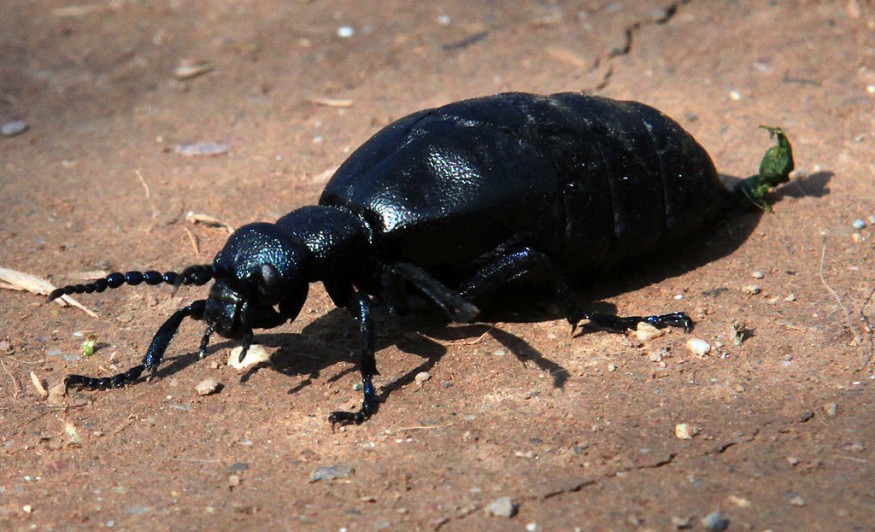Longhorn beetles are a diverse and fascinating group of insects that can be found all over the world. They are named for their long antennae, which are often longer than their body length.
Some of them are also very large, such as the Titan beetle, which can grow up to 17.7 centimeters long.
But how much do we know about the longhorn beetles of Australia, a continent with rich and unique biodiversity?
A new book reveals the secrets of Australian longhorn beetles

A team of researchers from the Australian National Insect Collection (ANIC) at CSIRO has recently published a comprehensive book on the Australian longhorn beetles, titled "Australian Longhorn Beetles (Coleoptera: Cerambycidae) Volume 3: Subfamily Prioninae".
The book is the third and final volume of a series that covers the taxonomy, morphology, distribution, biology, and conservation of the Australian longhorn beetles.
The first two volumes were published in 2013 and 2016, respectively.
The book is the result of more than 20 years of research by the authors, Dr. Adam Ślipiński, Dr. Hermes Escalona, and Dr. Rolf Oberprieler.
They examined more than 10,000 specimens from various museums and collections, as well as collected new material from the field.
They described 50 genera and 166 species of the subfamily Prioninae, which are the largest and most primitive longhorn beetles, and also provided keys, illustrations, photographs, maps, and a phylogenetic analysis of the group.
Dr. Ślipiński, the senior principal research scientist at ANIC, said that the book is a valuable resource for entomologists, naturalists, and anyone interested in the Australian fauna.
He said that the book fills a gap in the knowledge of the Australian longhorn beetles, which are poorly studied compared to other groups of insects, and that it highlights the diversity and beauty of the longhorn beetles, as well as their ecological and economic importance
Why are longhorn beetles important for Australia?
Longhorn beetles are not only fascinating to look at, but they also play a vital role in the ecosystem. They are mainly wood-boring insects, which means that they feed on dead or dying wood, or sometimes on living plants.
By doing so, they help to decompose and recycle organic matter, and create habitats for other organisms.
They are also an important food source for many animals, such as birds, mammals, reptiles, and other insects5.
However, not all longhorn beetles are beneficial for Australia. Some of them are invasive species that have been introduced from other countries, either accidentally or deliberately.
These exotic longhorn beetles can pose a serious threat to the native plants and animals, as well as to the agriculture and forestry industries.
For example, the Asian longhorn beetle, the black and white citrus longhorn, and the white-spotted longhorn beetle are three species of wood-boring longhorn beetles that attack many kinds of trees, including fruit and ornamental trees.
They can cause significant damage and even kill the trees they infest.
Therefore, it is important to prevent the entry and spread of these exotic longhorn beetles in Australia, and to detect and eradicate them if they are found.
The Australian government has strict biosecurity rules and regulations to protect the country from these pests. The public can also help by reporting any suspicious sightings of longhorn beetles to the authorities, and by following the quarantine guidelines when importing plants, timber, or wood products
© 2025 NatureWorldNews.com All rights reserved. Do not reproduce without permission.





